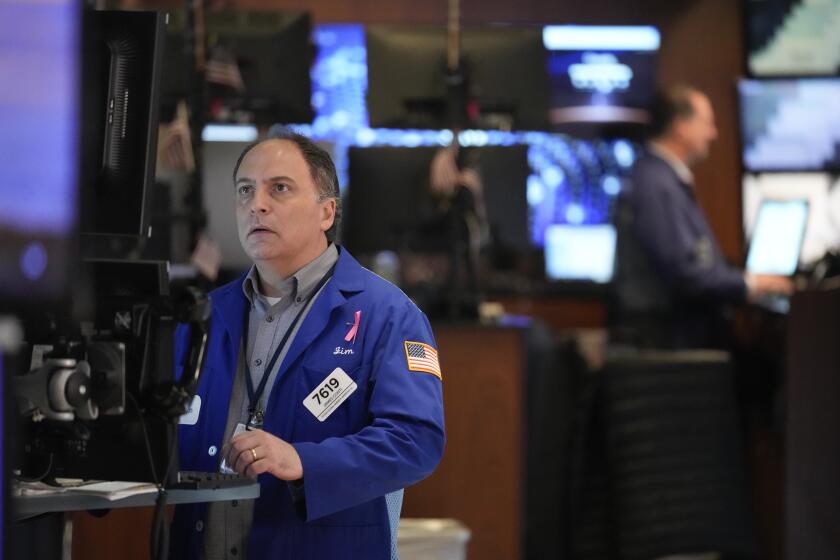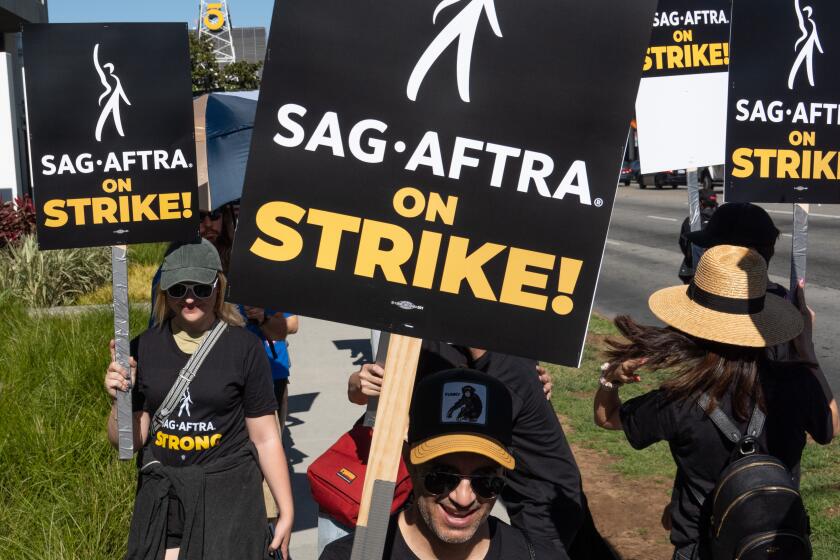SEC to Enforce Disclosure Rules on Asbestos Issue
The growing impact of the asbestos issue on corporate America can be linked to a ruling by the Securities and Exchange Commission that will require full disclosure of the true valuation of asbestos-affected real property.
Cost of asbestos abatement could be as high as $250 billion in the next 10 years, nationwide, for owners of commercial and corporate facilities, environmental engineer Peter MacDowell told delegates at the National Assn. of Real Estate Executives convention in San Francisco.
MacDowell is business development manager for K & D West Inc., a firm specializing in environmental science and engineering.
He said the obligation for disclosure of discounted value of asbestos-contaminated property in 10K reports (the annual business and financial report filed by U. S. public companies with the SEC) has always been there, but, for the most part, has been overlooked by accounting consultants and legal counsel to corporations and commercial developers.
“That situation is bound to change,” MacDowell said, citing a U. S. Supreme Court ruling of March 7 (involving the 1978 merger of Basic Inc. of Cleveland and Combustion Engineering of Connecticut, and focusing on the disclosure issue), as the most recent warning to corporate America that financial liability will no longer be allowed to remain the proprietary information of board rooms.”
Justice Harry A. Blackmun wrote for the court that the nation’s securities laws seek to protect investors “by substituting a philosophy of full disclosure for a philosophy of caveat emptor.”
“More than 95% of American industry will be faced with significant expenditures for the engineering evaluation and abatement of asbestos,” MacDowell said. “On the other hand, something less than 2% of corporate America will be affected with health and safety liability arising from asbestos-related impairment.”
The intent of the 10K reporting requirement, MacDowell emphasized, is “for the singular purpose of protecting investors.”
SEC’s enforcement of discounted market value could actually bring about a better understanding and resolution of the serious financial reality surrounding the asbestos question for structures built before 1980, MacDowell believes, especially since federal law requires that all asbestos be properly removed prior to demolition of any building.
He said a good rule of thumb for the discount factor of asbestos-affected properties has been from 8% to 13% of the market value, though some discounts applied in recent transactions have been as high as 20%.
To achieve the discounted market value, there are two ways to go, MacDowell explained. The first is for lending institutions, insurance companies and sophisticated investors to apply the estimated discount value of an asbestos-affected property.
Seek Lower Taxes
The second is for owners to apply to local taxing authorities for a reappraisal of an asbestos-affected property to offset the costs of eventual asbestos removal. If a company wishes to abate the asbestos and the expenses involved can be identified, the firm can apply for a discount on the appraised value of the building equal to the cost to correct the problem.
Applicants opting for the latter already include the Bank of California and the Federal Reserve Bank, both in Portland, Ore.
“The taxpayers are the ones who will be left holding the bag to make up for that discounted tax base,” MacDowell added. “But for building owners, there is an upside factor. In spite of the decrease in property value and increase in corporate liability for these contaminated properties, an abated building should appreciate in value well in excess of its worth before abatement.”
MacDowell said the Environmental Protection Agency has identified 733,000 commercial buildings affected by asbestos, but that, in reality, there are about 3 million to 4 million corporate structures that also fall into the category of asbestos-affected properties, not to mention military facilities and universities, among others.
The executive predicts that acquisition, divestment and portfolio management of real estate will demand a more accurate method for evaluating the economic impact of asbestos on either present book value or future net worth of corporate real estate.
Financial Formula
MacDowell and William D’Angelo, president of K & D’s Philadelphia-based parent company, Kaselaan & D’Angelo Associates, say they are the developers of the first industry standards to quantify the financial impact of asbestos on property values.
Their solution is an economic model for identifying discounted value that translates academic and technical factors into a tangible financial formula for real estate owners and investors.
The economic model represents the factors which impact the value of the building from abatement and removal through redesign and rebuilding, on a pro rata basis.






